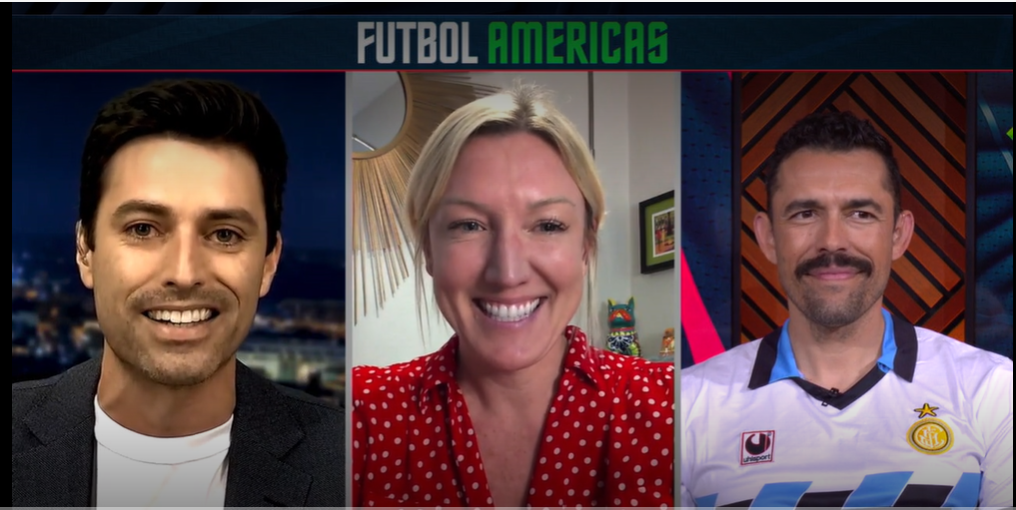
Super League President was guest on ESPN’s Futbol Americas on Wednesday night, provided insights on new women’s professional league
During the process of bringing together the leaders, organizations, and partners for the launch of the USL Super League this week, the potential of the project was clear to Super League President Amanda Vandervort.
It was that, according to Vandervort, which made the organization’s decision to apply for Division I sanctioning from U.S. Soccer for the new professional women’s league kicking off next summer an easy one.
“When we look at the opportunity here for the Super League, we want to hold ourselves to the highest standard in American soccer,” Vandervort told ESPN’s Sebastian Salazar and Herculez Gomez on Futbol America Wednesday night. “When we looked at the stadium size, the market distribution, and all the elements that go into the Pro League Standards, we were absolutely confident and excited that we are a Division One league.”
In a wide-ranging discussion, Vandervort spoke about the make-up of the player pool for the new league – which is expected to draw from overseas as well as offering domestic players more opportunities to compete in the professional ranks – and the league’s plan to play a fall-to-spring calendar, aligning the league with events in the international calendar and the international transfer market.
“We want to be on the international calendar, which means we’ll go from August to June with a winter break and a summer break,” said Vandervort. “We can create a space for players in the summer months to have the opportunity to play in the Women’s World Cup, in the Olympics, and not be so torn by their club and country schedule. [It will] really give them an opportunity to compete at both levels.
“The winter considerations for us, what a great opportunity we have that we manage and control both of our league schedules on the men’s side and on the women’s side. So, in a lot of these markets, where we also have men’s fixtures, we can navigate and manage the schedule accordingly.”
At the center of the Super League’s plan for Division I sanctioning, meanwhile, is the top-class infrastructure now becoming part of the landscape at the USL Championship and League One levels. Among the groups aiming to join the Super League following its launch is Indy Eleven, which currently fields a successful team in the USL W League at the pre-professional level and is currently in the process of constructing Eleven Park, which will feature a 20,000-seat soccer-specific venue that would serve as the home for both the USL Championship’s Indy Eleven and a Super League club.
With the wide range of stadium projects such as Eleven Park, or like those in Spokane, Wash. that are currently in construction across the USL’s ecosystem, more venues that could potentially become homes to Super League clubs are set to come online over the course of the current decade.
“We thought it was really important to demonstrate not only our immediate viability, but our long-term sustainability of the Super League,” said Vandervort. “That means immediate readiness for 2024, but also the infrastructure that the USL is investing in over the coming years.
“The investment in the infrastructure and the facilities is incredibly important, and I’m really proud that the USL is taking those steps in the professionalization of the women’s game.”





































































































































































































































































